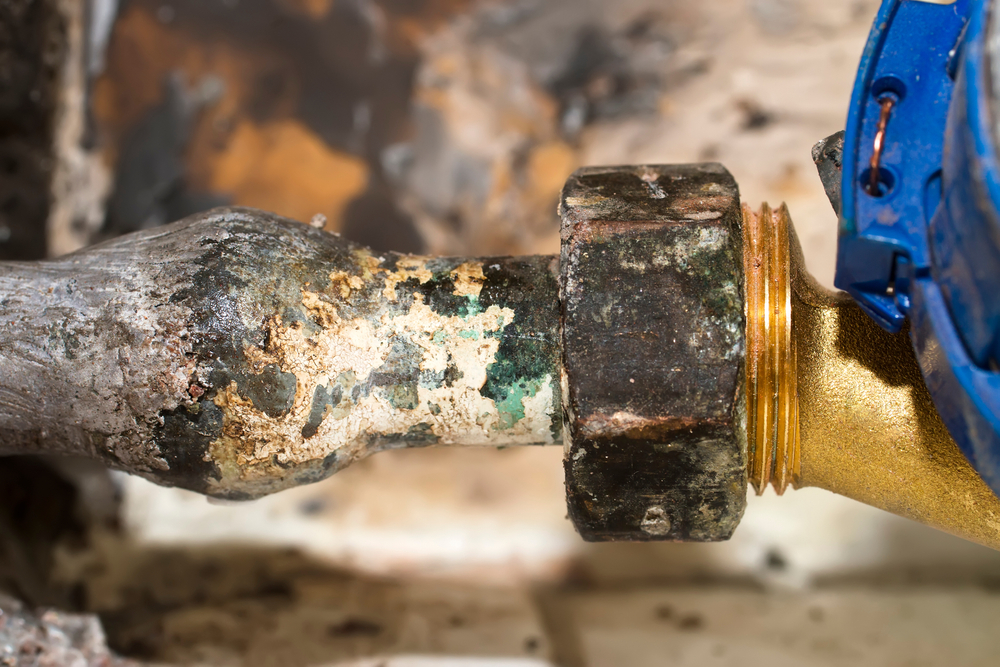On June 28, the Occupational Safety and Health Administration (OSHA) issued an advance notice of proposed rulemaking (ANPRM) on revisions to the agency’s construction and general industry lead standards (87 Federal Register (FR) 38343). OSHA is considering changes to the standards’ criteria for worker medical removal, as well as action levels (Als) and permissible exposure levels (PELs).
The agency is seeking stakeholder input on a range of issues surrounding workplace lead exposure. The ANPRM contains a series of 61 questions about blood level triggers for
medical removal; medical surveillance; the PELs; personal protective equipment (PPE), hygiene, and training; safe harbor compliance protocols; environmental effects; duplicative, overlapping, or conflicting rules; and questions for employers about current practices.
The general industry lead standard is one of the agency’s older rules, established in 1978, with a PEL airborne concentration of 50 micrograms per cubic meter (μg/m3) averaged over an 8-hour period and a goal to keep blood lead levels (BLLs) below 40 micrograms per deciliter (μg/dL) for most workers exposed to lead on the job. During the 1970s, the Consumer Product Safety Commission (CPSC), Department of Housing and Urban Development (HUD), and EPA all took steps to eliminate or reduce consumer lead exposures.
OSHA added a construction industry lead standard in 1992 as directed by statute. The general industry and construction standards contain medical removal provisions for workers whose BLLs exceed certain levels. Under the general industry standard, a worker must be temporarily removed to a job with exposures at or below the action level when a periodic and follow-up blood test result shows a BLL ≥ 60 μg/dL or an average of the last three blood lead tests show a BLL ≥50 μg/dL. Under the construction industry standard, a worker must be temporarily removed when a periodic and follow-up blood test result shows a BLL ≥ 50 μg/dL.
Subsequent research has shown OSHA’s existing standards may not adequately protect workers from the health effects of lead exposure or families from “take-home” lead exposures.
The National Institute for Occupational Safety and Health (NIOSH) was required by the 1992 Workers’ Family Protection Act to research take-home contamination from workplace chemicals and substances, including lead.
NIOSH found that take-home exposure was a widespread problem. Workers’ families were exposed to “take-home” hazardous substances and developed adverse health effects, including lead poisoning, as well as chemical burns from caustic substances, asbestosis and mesothelioma, and chronic beryllium disease.
Researchers within and outside the government have recommended updates to OSHA’s standards. The National Research Council (NRC) conducted a study for the Department of Defense (DOD), determining that the existing OSHA standard of a BLL under 40 μg/dL is not sufficiently protective of personnel who have repeated lead exposures on firing ranges. Based on the NRC findings, the DOD lowered the medical removal triggers for BLLs in civilian DOD and military personnel. The American College of Occupational and Environmental Medicine (ACOEM) released a position statement in 2016 on workplace lead exposure recommending revisions to OSHA’s ALs and PELs, workplace hygiene requirements, medical surveillance and medical removal protection provisions, and introduction of surface lead dust requirements.
Some states have taken action ahead of OSHA’s rulemaking. Michigan lowered its BLL criteria for medical removal, and California and Washington are in the process of updating their lead standards.
Written comments on the ANPRM are due August 29.

